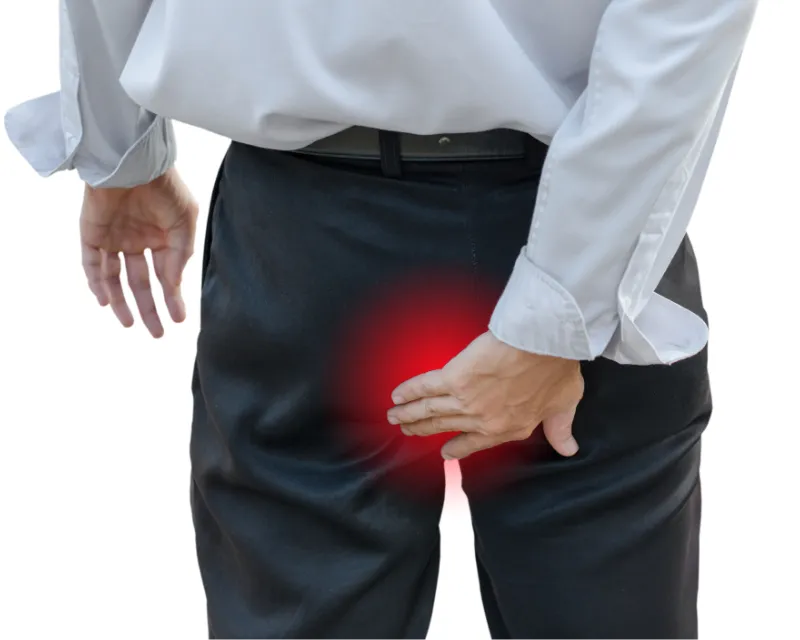Coccyx fistula acute
Is the final exam coming up and you've been sitting at your desk for days? Has that important presentation for your boss not been finished yet? Have you already covered hundreds of kilometers on the freeway or have you just come from a long-haul flight and you can hardly sit up because of the pain?
These circumstances indicate an acute Pilonidal Sinus , also known as a pilonidal abscess or inflamed pilonidal sinus. The pain can become so extreme overnight that any activity becomes agony. Colloquially, the terms boil or carbuncle are often used.
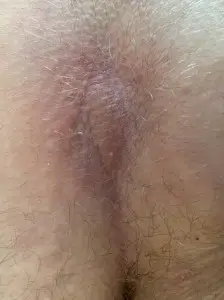
Pilonidal abscess: symptoms
- Swelling: Significant swelling and redness as well as hardening of the surrounding tissue are the typical symptoms.
- Pain: Abscesses are often associated with severe pain, especially when touching or applying pressure to the affected area.
- Pus formation: An abscess is filled with pus, which may have a yellowish or greenish color.
- Fever: Fever may also occur with larger abscesses as the body tries to fight the infection.
It is important to note that not all abscesses have obvious symptoms. In the case of pilonidal abscesses in particular, sometimes only a slight asymmetry of the pofold is noticeable.
When is a visit to the doctor necessary?
Self-treatment: yes or no?
For mild symptoms, treatment without surgery with
- Cooling
- Anti-inflammatory drugs (e.g. ibuprofen)
- Pulling ointments
- or antibiotics
should be tried. However, if there is no improvement, the abscess enlarges or there is a fever and severe pain, a specialist should definitely be consulted. A specialist can determine the best treatment option, which often involves sterile opening and draining of the abscess under safe conditions. This will quickly make you pain-free.
Which doctor should I see?
In an emergency, you don't need an appointment: If you don't live too far away, simply send us a short e-mail to info@darmsprechstunde.de, including a photo of the affected region, and come by directly (Mon.-Fri. 8 a.m. - 5 p.m.) .
Outside our opening hours or at a distance, you can find help in the emergency room or from your family doctor.
To avoid misdiagnoses such as coccyx contusions, periostitis or overuse pain, it is advisable to consult a specialist directly, who often treats such abscesses.
What can you expect at the doctor's?
"Ubi pus, ibi evacua." - This Latin saying "Where there is pus, drain it" is familiar to every doctor and describes a simple and effective therapeutic principle. The practical implementation, however, especially in the case of coccyx abscesses, often causes difficulties for the doctor and unnecessary pain for the patient. We describe our technique here.
Can I open the abscess myself?
We strongly advise against squeezing or lancing the abscess yourself. The instructions are intended for appropriately equipped doctors in surgeries or hospital outpatient departments.
Attempts to squeeze the coccyx abscess are also not promising and sometimes worsen the pain and inflammation.
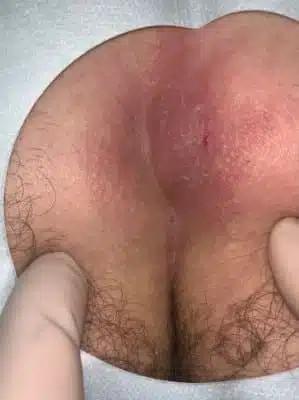
Required Instruments:
- Experience
- Diagnostic ultrasound unit Linear transducer 7.5 or 10 MHz
- Fine, surgical forceps, e.g. Adson
- Fine, pointed dissecting scissors, e.g. Supercut Iris scissors 11.5 cm
Consumables:
1. education and reassurance of the patient
We inform the patient in detail about the benign nature of their condition and the successful treatment method using a two-stage procedure. This initially involves abscess drainage followed by minimally invasive surgery on the Pilonidal Sinus in the second stage. We discuss any fears openly and comprehensively.
You do not normally need to worry about blood poisoning, bone involvement or a connection to the intestines.

2. identification of the optimal puncture site
When locating the apex of the abscess cavity, the first step is to palpate and measure the thickness of the skin over the abscess. It is important that the skin thickness for using the biopsy punch is a maximum of 5 mm. The optimal puncture site can often be localized by means of a "soft dent". In the case of a deep abscess, it is recommended to perform the cleavage under general anesthesia.
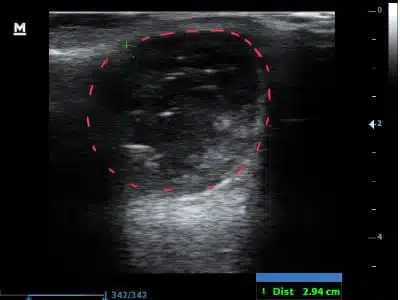
3. injection of local anesthesia
After intradermal infiltration of a 1.5 cm area of skin at the puncture site, we give the local anesthetic a short time to take effect before continuing the procedure. We do not use cold spray to relieve pain, as its effectiveness is limited and the CFCs it contains are also harmful to the environment. For optimum patient comfort, it is recommended that local anesthesia is administered from the side that is less inflamed.
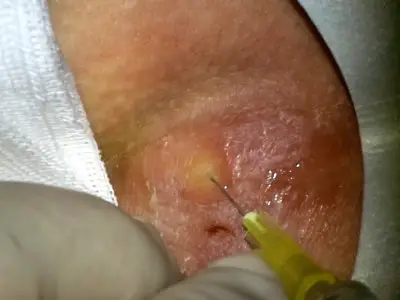
4. opening the abscess cavity
We make a 5 mm opening with a biopsy punch and remove the skin cylinder using fine forceps. If necessary, the abscess capsule is carefully opened with fine precision scissors, whereupon plenty of pus is usually drained. This round opening is large enough to prevent re-adhesion, but remains small enough to make the healing process as comfortable as possible for the patient.
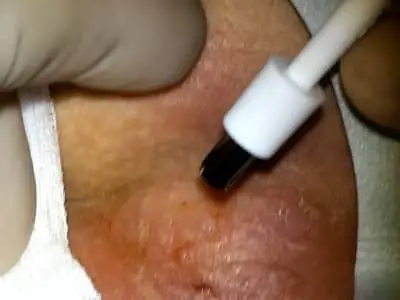
Five. Stop!
The acute treatment is now complete. The remaining secretions will empty themselves. We apply a thick absorbent dressing. If there is a pronounced phlegmonous reaction in the area surrounding the abscess, an antibiotic may be prescribed. No tamponade is used and no sharp spoons are used.
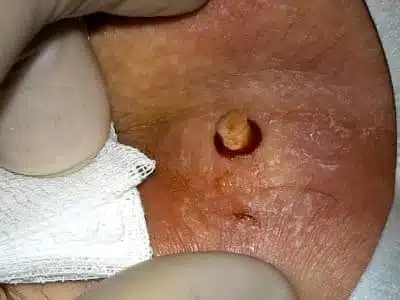
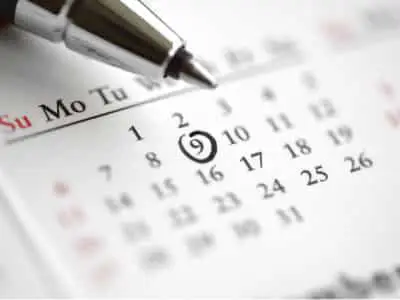
Do not forget: Aftercare and healing
Aftercare is simple: shower, compress or panty liner, done!
However, without carrying out the second treatment step (removal of the coccyx fistula), the risk of further abscesses recurring is very high. We offer a follow-up appointment on the following day if the inflammation has not subsided sufficiently. If you wait too long, there is a risk that the abscess will return. On the other hand, the procedure is technically demanding if it is performed too early. We therefore prefer a time interval of at least one week and a maximum of three weeks.
Still have questions? Our FAQ on pilonidal abscess
Is an abscess an emergency?
Yes, it is not necessary to endure pain due to a pilonidal abscess. Although serious complications such as the spread of the inflammation to the entire organism ("blood poisoning", sepsis) are rare, we recommend that the abscess be treated surgically on the day of diagnosis.
How long does it take for an abscess to mature?
It can often take only hours to a few days from the appearance of the first symptoms to the development of a bulging collection of pus on the coccyx.
Can a coccyx fistula be expressed?
It is strongly discouraged to squeeze out an Pilonidal Sinus . This procedure is not only painful but also largely unsuccessful unless spontaneous opening of the abscess is imminent. Our sonographic examinations show that the skin over the abscess is between 3 and 5 mm thick, which is too thick to open simply by applying pressure. Squeezing can also lead to a worsening of the inflammation. It is more comfortable, safer and more effective to have targeted treatment carried out by a specialist.
When does a coccyx fistula burst?
A coccyx abscess can only burst when considerable pressure has built up over a period of days and the inflammatory processes are gradually weakening the skin. We strongly recommend not waiting so long, as this means unnecessary suffering. With the right experience, help can be provided quickly and gently.
Do I need general anesthesia for an abscess?
A common misconception is that local anesthesia is not effective in inflamed tissue due to the pH shift. In fact, the small area that is opened during a puncture with a punch can still be anesthetized effectively with the appropriate experience.
Which antibiotic for coccyx abscess?
Suitable antibiotics for treatment include broad-spectrum antibiotics such as cephalosporins (e.g. cefuroxime) or penicillins (e.g. amoxicillin with clavulanic acid). In the case of a penicillin allergy, macrolides such as clindamycin may also be an alternative option, albeit with certain limitations in terms of efficacy.
When can I shower after abscess surgery?
We recommend showering the affected area gently as soon as you are back home. A gentle rinse with lukewarm water helps to cleanse the skin of pus and wound secretions. It is advisable to use mild, pH-neutral soaps.
How long am I on sick leave after abscess surgery?
Many patients recover quickly after coccyx abscess surgery and can often return to work the next day.
Should an abscess be cooled or warmed?
The question of whether an abscess should be cooled or warmed is answered differently depending on the medical tradition. In European conventional medicine, it is recommended to cool inflammation in order to reduce swelling and relieve pain. Cooling can be particularly helpful in the initial phase of inflammation to limit the spread of inflammation and alleviate acute discomfort.
In contrast, Ayurvedic medicine often advocates the application of heat to abscesses to promote maturation and thus the natural drainage of pus. Heat can increase blood flow to the affected area, which can aid the healing process and speed up the maturation of the abscess.
In practice, a combination of both approaches is often recommended, depending on the stage of the abscess and the individual symptoms.
Dr. Bernhard Hofer and Florian Liebl
Specialists in Visceral Surgery and Proctology - PartG mbB
Brienner Str. 13, D-80333 Munich
- info@darmsprechstunde.de
- Monday - Friday: 08.00 - 13.00 and 14.00 - 18.00
- and by arrangement
- Saturday, Sunday, Holiday : closed
- Please also note our instructions in the title of this website and on our telephone announcement.

By loading the map, you agree to Google's privacy policy.
Learn more
© 2024 Proctology Practice Munich

